Bearings
-
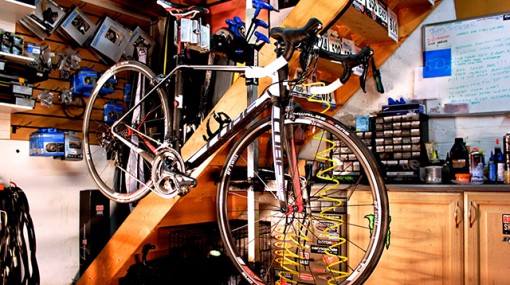
A few simple precautions can help save hundreds of pounds in replacement parts and labour costs
-
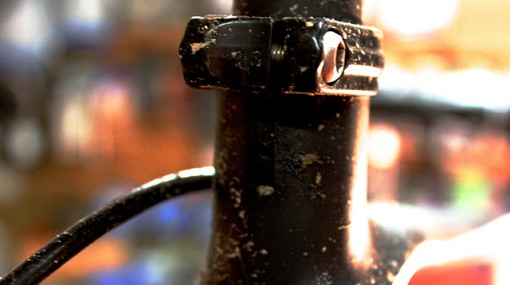
Many frames have a slot at the top of the seatpost which can fill with road grime, causing the post to become seized in the frame
-
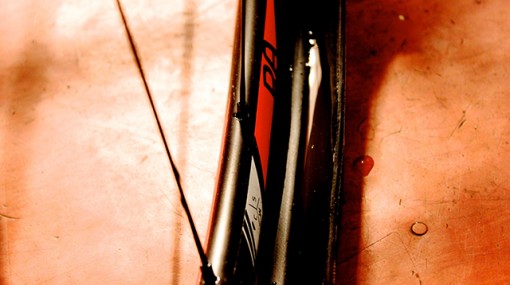
Riding through flood water can lead to water ingress through the rim's spoke holes
-

Headset bearings are inexpensive items and likely to be discarded and replaced when sufficiently worn to create 'play' in the headset. They can be serviced, however
-
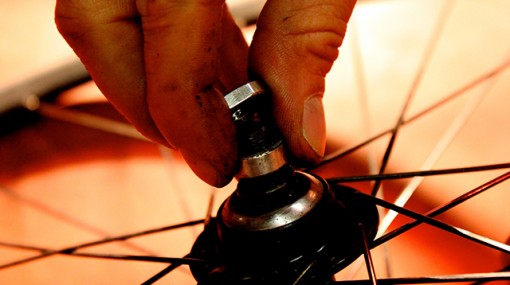
Cup and cone bearing systems are serviceable but regular maintenance is required to prevent damage to the hubshell
-
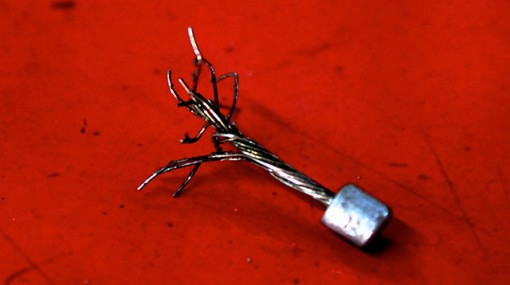
A gear cable that splits within a dual control lever can be difficult to remove and can damage the shifting mechanism
-
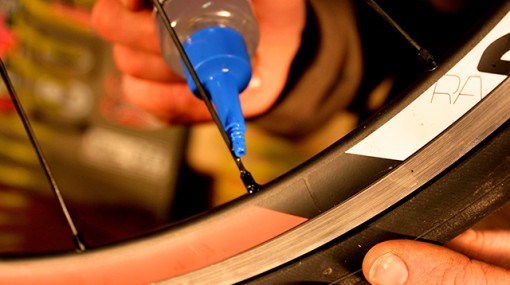
Applying a small amount of oil to the spoke nipple can help to prevent corrosion
Bearings
Check bearings regularly and service or replace
Bearings are an essential part of your wheels, headset, and bottom bracket, and preventing them from becoming worn and corroded will do much to keep your bicycle running smoothly. The awful rumble that accompanies the progress of an unloved machine can be a dispiriting soundtrack to any ride, and worse still if you have company.
Judging when to replace bearings in sealed units can be difficult, but a few simple checks can put you on the right track. Assessing the condition of bottom bracket bearings, for example, can involve little more than unshipping the chain and spinning the crank. “You can generally hear it,” says Andy, “or feel it in the frame.” He holds the seat-stay while the crank is spinning; if the rumble of worn bearings is barely audible, it can still be felt in the vibrations transmitted to the frame. The procedure for replacement will have much to do with which of the numerous BB standards your frame uses. Removing the chainset will be essential for all.
A similarly straight-forward exercise can be used to asses the condition of wheel bearings. Suspending the bike and examining how quickly they spin-up to speed is an easy, but telling method (be sure to lift the cam lever on the brake caliper to ensure pad rub doesn’t inform your judgement). Should you decide to investigate further, examining wheel bearings is a simple matter, especially if your wheels use cartridge bearings, requiring little more than removing the wheel, the quick release skewer, and, in the case of the rear wheel, the cassette, too. Prise off the seal, and behold – your bearings. If your wheels use a cup-and-cone system – and all Shimano’s wheels do, for example – then unscrewing the cone will also be necessary. You can read much more on servicing a cup and cone bearing system here.
Wear in the headset bearings usually reveals itself in play, roughness, or an unsightly brown fluid that typically runs from the lower bearing down the back of the fork. If you’re keen to delve deeper and make a visual check, remove the front wheel, and ideally the front brake too. Unscrew the stem top cap and clamp bolts and once the expander bolt has been slackened off, lift the stem clear of the fork steerer tube. If the bike is suspended (ideally in a work stand), be sure to place one hand beneath the fork crown to prevent the whole assembly from crashing to the ground.





